
| Component | Description | Specifications | Purpose |
|---|---|---|---|
| Enclosure/Chassis | Protective housing for all internal components. | Durable materials, ergonomic design | Provides structural integrity and protection for internal hardware. |
| Touchscreen Display | User interface for interaction and data input. | High-resolution, responsive touch | Allows users to interact with the kiosk, view information, and input data. |
| Medical Sensors | Devices for health monitoring, such as blood pressure monitors and thermometers. | Certified sensors, various types available | Measures vital signs and health metrics for assessment and monitoring. |
| Processing Unit/Computer | Central unit that processes data and controls operations. | CPU, RAM, Storage, High performance | Manages the kiosk’s functions, processes data from sensors, and runs applications. |
| Connectivity Modules | Modules for network and data communication. | Wi-Fi, Ethernet, Bluetooth | Enables communication with external networks, data transfer, and remote monitoring. |
| Power Supply Unit | Provides electrical power to the kiosk. | Reliable, adequate power output | Ensures continuous operation of the kiosk by supplying stable power. |
| Software | Applications for managing operations and user interaction. | Custom health applications, secure access | Facilitates user interaction, manages health data, and integrates with healthcare systems. |
The manufacturing process of a health kiosk machine involves several key steps. It begins with design and engineering, where the enclosure or chassis is crafted based on specific requirements. Material selection and fabrication follow, where durable materials are chosen and shaped to create the kiosk's structure. The touchscreen display and medical sensors are then sourced, mounted, and calibrated to ensure accurate user interaction and health monitoring. The processing unit is assembled with components like the CPU, RAM, and storage, followed by integration with other hardware. Connectivity modules and the power supply unit are installed, ensuring reliable network communication and stable power delivery. Finally, custom software is developed and installed, integrating all components to create a fully functional health kiosk. Rigorous testing is conducted at each stage to guarantee quality and performance.

Routine Health Monitoring: For regular check-ups, such as blood pressure or weight measurement, without needing a healthcare professional.
Remote Patient Data Collection: In remote areas, health kiosks can gather patient data for doctors to review later.
Health Education: Provides information on health conditions, treatment options, and preventive care.
Pharmacy Services: For self-service prescription refills or over-the-counter medication purchases.
Initial Symptom Assessment: To perform preliminary checks and assessments before seeing a doctor.
Workplace Wellness Programs: Employees can monitor their health metrics as part of a corporate wellness initiative.

Health kiosk machine offers several advantages that make them valuable in various settings. They provide convenient access to healthcare services, allowing individuals to monitor their health without visiting a clinic or hospital. This convenience is particularly beneficial for people in remote or underserved areas. Health kiosks are also cost-effective, reducing the need for frequent doctor visits by providing routine health checks, which can save both time and money for patients and healthcare providers. Additionally, they enhance patient engagement by offering interactive features that educate users on health issues and encourage proactive management of their well-being. Health kiosks also support remote healthcare by collecting and transmitting health data to doctors, enabling timely interventions and follow-ups. The privacy and security of personal health information are maintained through encrypted systems, giving users confidence in using the kiosks. Lastly, these machines are scalable and customizable, allowing them to be tailored to specific needs, such as incorporating various medical sensors or software applications to suit different healthcare environments.
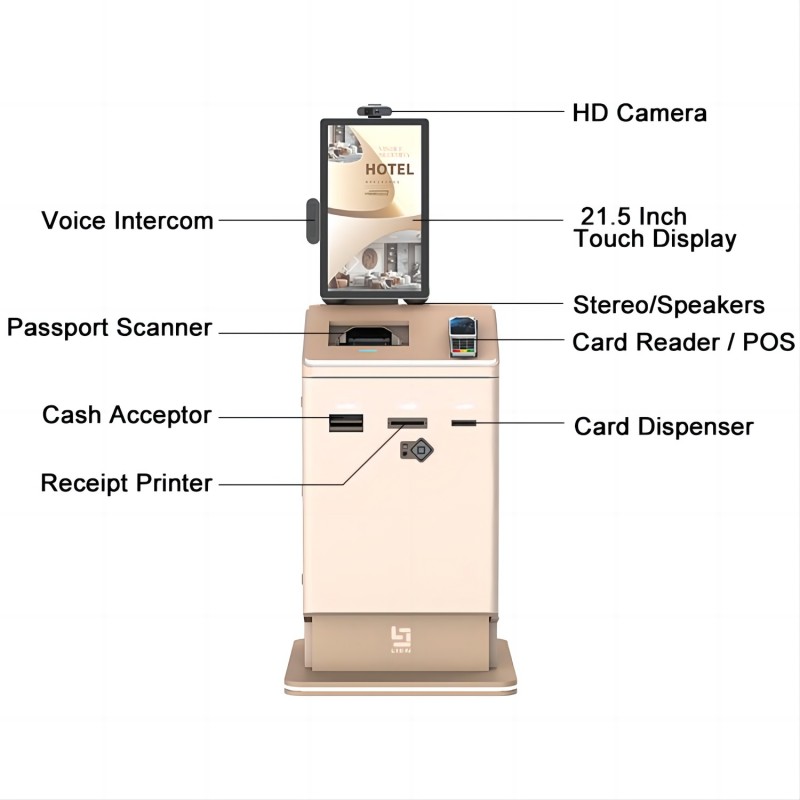
The cost of a health kiosk machine varies depending on factors such as the complexity of the hardware, the integration of medical sensors, and the level of software customization. Initial investments may include design, development, installation, and maintenance. While the upfront cost can be significant, the return on investment (ROI) is often substantial. Health kiosks can reduce operational costs by automating routine health assessments and freeing up healthcare staff for more critical tasks. They also improve patient throughput, enabling more individuals to receive care efficiently, which can lead to higher revenue for healthcare providers. Additionally, health kiosks can expand access to services in remote or underserved areas, attracting new patients and increasing service utilization. Over time, the cost savings from reduced labor, increased patient engagement, and improved health outcomes contribute to a favorable ROI. Moreover, the data collected from these kiosks can be invaluable for healthcare analytics, further enhancing their value. Overall, while the initial cost is a consideration, the long-term benefits and savings make health kiosk machines a smart investment for many healthcare providers.
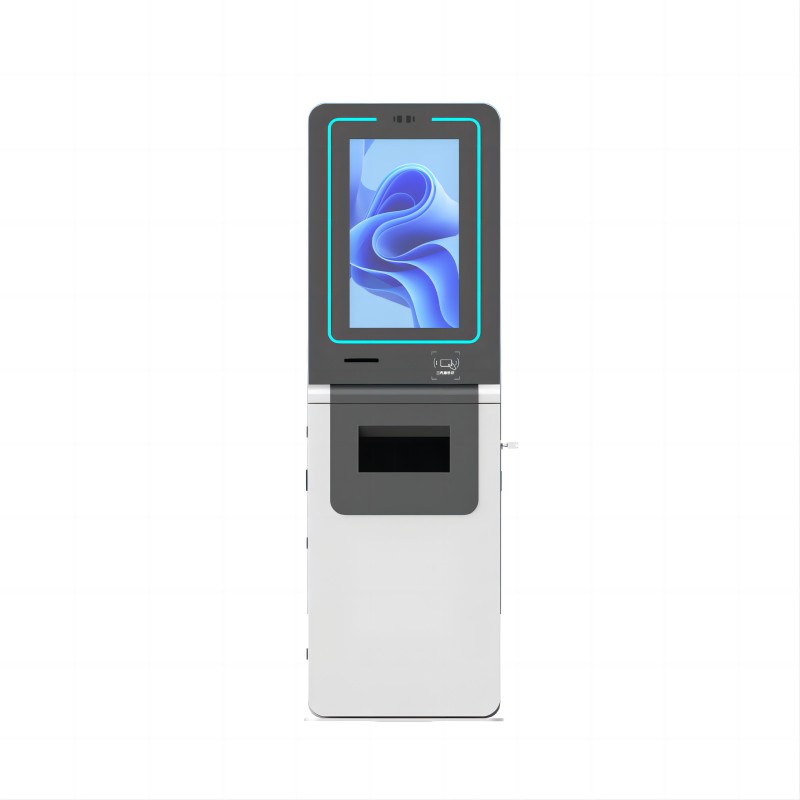
| Type | Sizes | Design | Price Range |
|---|---|---|---|
| Vital Signs Kiosk | Small (15-22 inches) | Compact design with integrated medical sensors for vital signs monitoring. | $5,000 - $10,000 |
| Health Information Kiosk | Medium (22-32 inches) | Larger screen for accessing and displaying health information, often with educational content. | $7,000 - $12,000 |
| Pharmacy Kiosk | Medium to Large (22-42 inches) | Includes medication management and prescription refill features, often with payment options. | $10,000 - $15,000 |
| Appointment Scheduling Kiosk | Medium (22-32 inches) | Streamlined design focused on scheduling and managing appointments, with touchscreen and card reader. | $5,000 - $8,000 |
| Comprehensive Health Kiosk | Large (32-55 inches) | Full-service kiosk with multiple functions like health assessments, vital signs monitoring, and EHR integration. | $12,000 - $20,000 |
Identify Your Needs: Determine the specific functions and services you need from the health kiosk, such as vital signs monitoring, appointment scheduling, or medication management.
Research and Compare Vendors: Look for reputable kiosk manufacturers that offer the types of kiosks you need. Compare their offerings, customization options, and customer reviews.
Request a Quote and Proposal: Contact selected vendors to request quotes based on your requirements. Ask for detailed proposals that include pricing, specifications, and support services.
Evaluate Customization and Integration: Assess the level of customization available, such as branding, software features, and integration with your existing healthcare systems.
Check Compliance and Certification: Ensure the kiosk meets all necessary medical and data security regulations, and that the vendor can provide relevant certifications.
Place the Order and Arrange Installation: Once satisfied with a vendor's offer, place the order. Coordinate with the vendor for delivery, installation, and any necessary staff training.
Test and Finalize: After installation, conduct a thorough test of the kiosk to ensure all functions work as expected. Make any final adjustments before officially launching the kiosk in your facility.
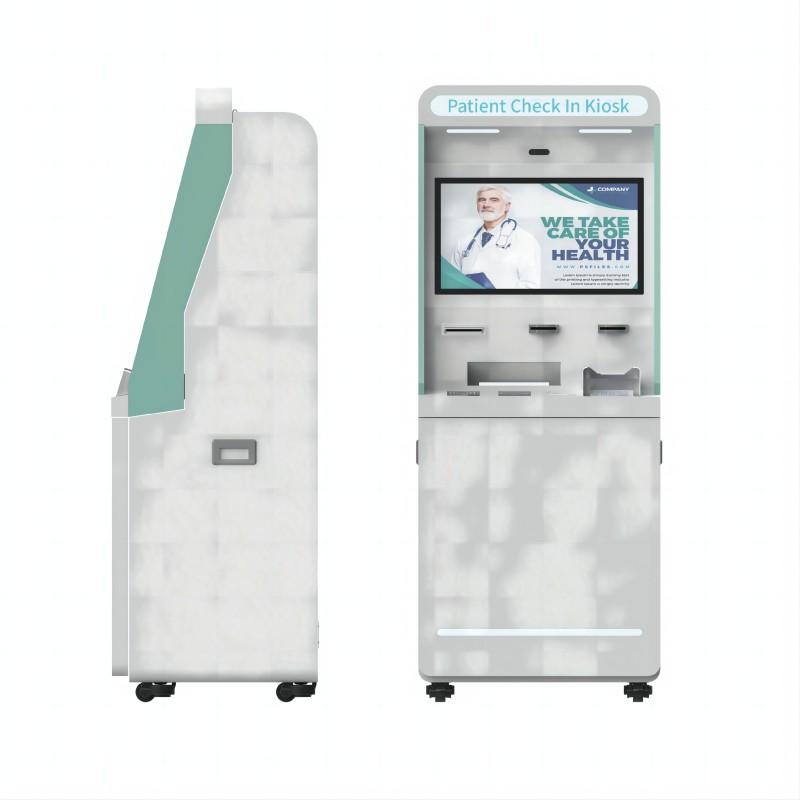
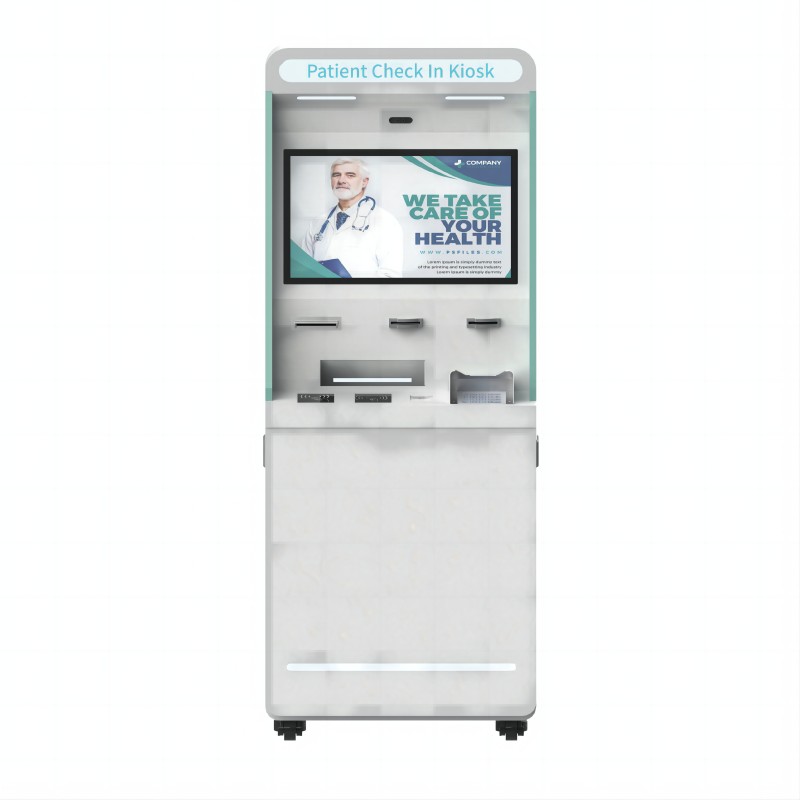
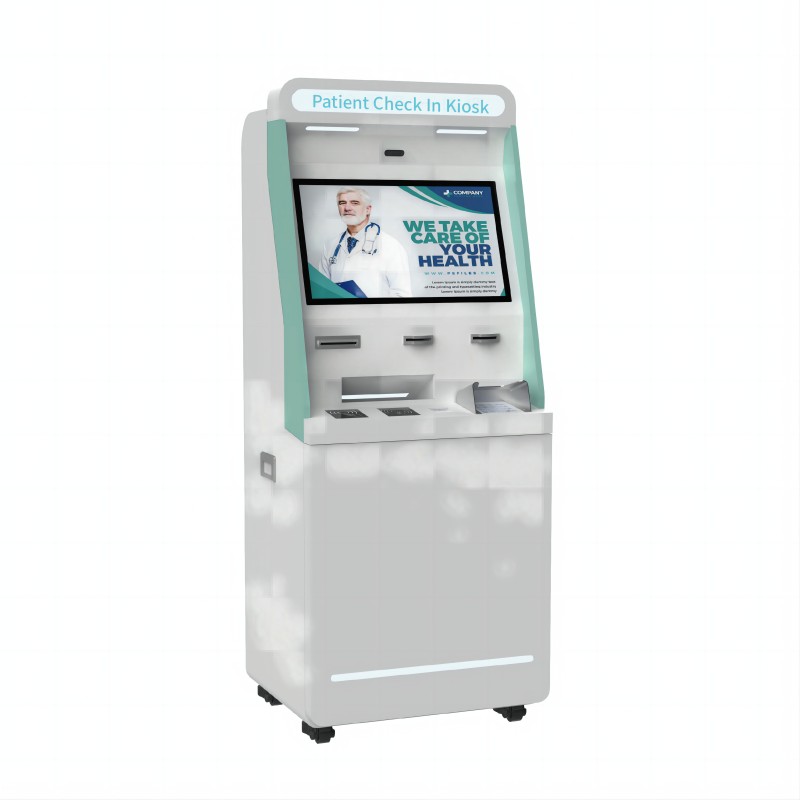
What did our happy clients say?
We're thrilled with our new health kiosk! The touchscreen is responsive, and the vital signs monitoring is accurate. Our patients appreciate the convenience, and it's significantly reduced wait times. A great investment for our clinic!
The health kiosk has been a game-changer for our pharmacy. It's easy to use, reliable, and the custom features perfectly fit our needs. We've seen a noticeable increase in customer satisfaction. Highly recommended!
Our new health kiosk has exceeded our expectations. The design is sleek, and the integration with our EHR system was seamless. It's made patient check-ins faster and more efficient. We couldn't be happier with our purchase!
We're extremely satisfied with our health kiosk. The ability to customize the interface has been fantastic, and the support from the vendor has been top-notch. It's made a positive impact on our operations and patient experience.